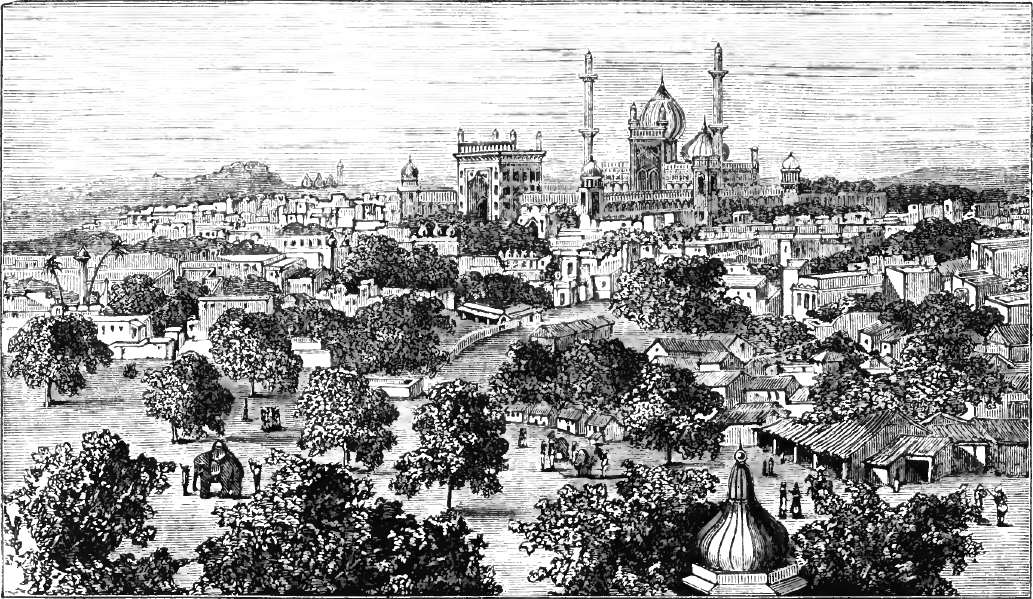<![CDATA[The Archaeological Survey of India has come up with evidence of the original inhabitants of the capital city of Delhi. According to reports, evidence of the same that dates back 2000 years has been unearthed from the Purana Quila area. Researchers state that the findings have managed to connect the Sultanate period (1205 – 1206 A.D.) to the ancient Mauryan Empire (322 – 298 B.C.). This is the first time that the Archaeological Survey of India has unearthed evidence which connects ancient, medieval and modern history at the same site. Historians believe that these findings are extremely important to the history of India, as they could bring forward a number of unknown facts about ancient cultures in India. Vasant Swarnkar, the chief archaeologist of the Delhi branch of the Archaeological Survey of India has been put in charge of the entire project. According to senior officials, the excavation work was halted due to the upcoming monsoon showers. The excavation site was entirely covered with clay and polythene to protect the findings from being damaged by the monsoon rains. Officials estimate that excavations should restart around the month of October in order to ensure that monsoons don’t disrupt work at the site. Officials from the Archaeological Society of India also state that once the excavations are complete, the site shall become the first ASI site to be converted into a public attraction in order to boost Delhi tourism. It is also believed that these excavations were primarily carried out in order to establish the identity of the first inhabitants of the national capital. According to the Mahabharata, Indraprasta was designated as the capital of the Pandavas. Yudhisthira was put in charge of 5 major villages – Panipat, Sonepat, Tilpat, Agpat and Inderpath. It is believed that these 5000 year old villages once used to lie in the same area as the modern day national capital. According to reports, archaeologists have managed to unearth a well that consists of 18 rings, with each ring being exactly 1 inch in width. Moreover, each ring is located at an exact distance of 18 inches from the other. The total depth of the well is believed to be 27 meters in total. Researchers believe that the ring patterns explain a clear cut water distribution system that was very common in the Mauriyan period. Some of the other notable findings include a solid brick wall along with lime flooring that date back to the Sultanate period, a clay wall, an idol of Lord Vishnu that dates back to the time of the Rajputs and numerous seals dating back to the Gupta dynasty. Furthermore, evidence of a solid house that dates back to the Kushant period along with several bronze coins from the same era have also been found. That’s not all, a building dating back the Shung period and idols from the Mayuran period have also been found. The sheer diversity of the various eras that these items belong to makes this dig site one of the most important ones to have ever been discovered in India. Researchers are eagerly awaiting for the monsoons to pass so that they can once again carry on with their work and unravel the countless historical wonders that are expected to be uncovered at the site. ]]>
Excavations to Throw Light on Ancient Inhabitants of Delhi
